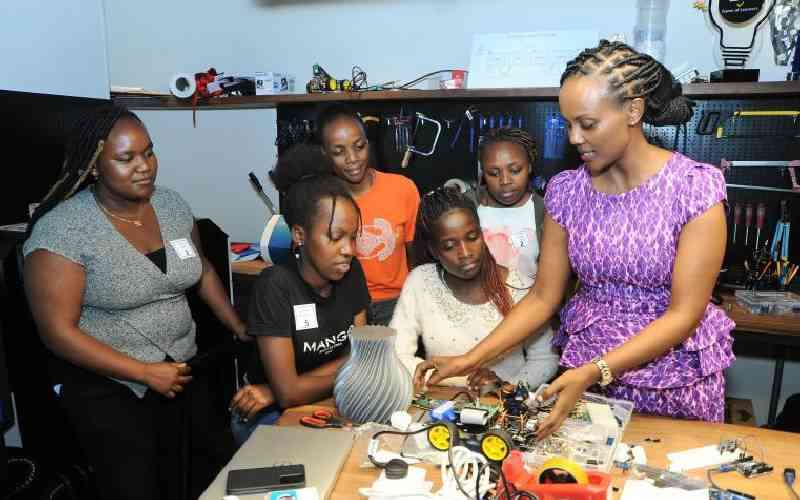
Like other women leaders, our attention was drawn to recent Western women leadership forum in Kakamega County. While many may frown upon holding such regional forums with a hint of tribal undertones, the intersectional identities have potential to contribute to rich diversity of Kenyan women, and hopefully aid them to exploit their full potential.
The stories and experiences of women in leadership are as diverse as are their languages and cultures. This can be a key driver of social and economic outcomes and their voices will ensure no woman is "left behind".